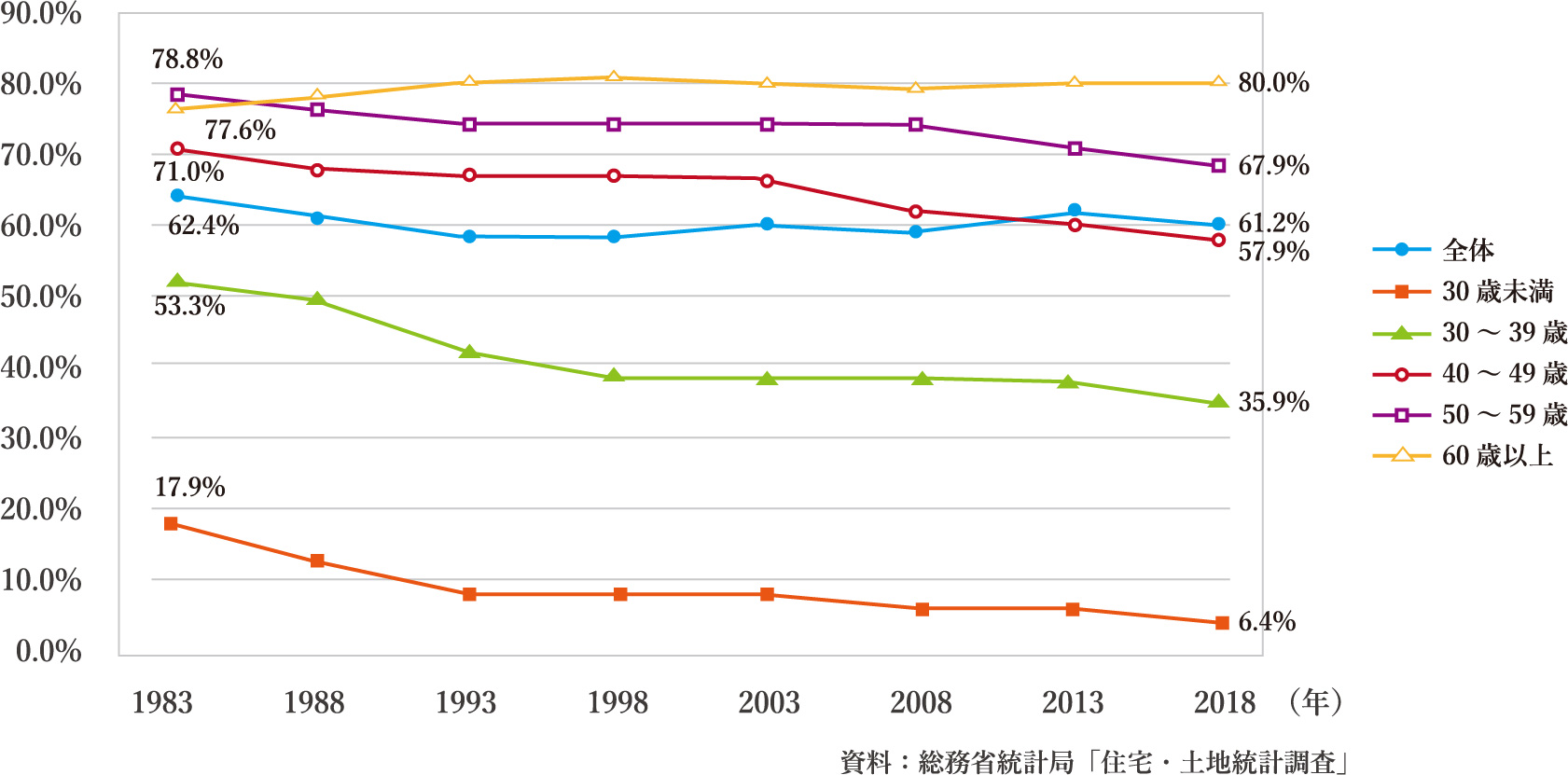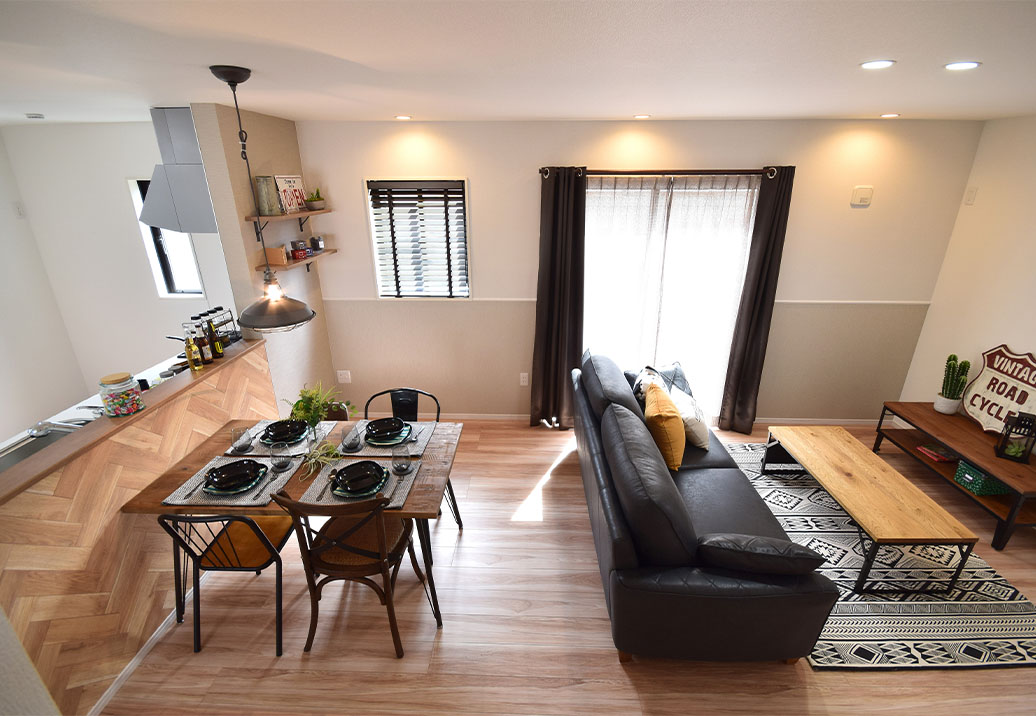Products for fulfilling, enjoyable and pleasant lifestyles
We deliver high-quality housing at low prices. It is our way of doing things, not just words. We are constantly updating our products and pursuing improvements in livability and design as part of our integrated system. In addition to various inspections regarding construction, we also offer a full range of after-sales services and guarantees after you start living in your home. We have achieved "compact subdivision development," which means that there are only a small number of properties per development site, and we provide custom-designed homes that are unique and individual, just like custom-built homes.
Utilization of Technology
In the construction and real estate industry, which is said to be behind the IT wave, we are proactively adopting new technologies. Examples include the use of AI technology for purchasing land, the use of apps to improve efficiency at construction sites, and the use of robots to enable non-personal sales. These new initiatives reduce operational losses and incurred costs, which contribute to consumers through the provision of products at affordable prices.


Solving the vacant house problem
According to a Ministry of Internal Affairs and Communications survey released in 2019, the number of vacant houses nationwide is 8.94 million, with the rate increasing to 13.6%. The vacant houses ratio which were built over 40 years ago is 69.1%, accounting for a large proportion of the total. This reveals the reality of aging homes that have become vacant because they no longer have a use. Vacant houses are not only dangerous for the building but also lead to deterioration of the neighborhood landscape and public safety and neighboring asset value. We specializes in compact subdivision development that can efficiently build houses even on small lots of one or two houses, therefore we are strong in rebuilding vacant houses to value up the properties.

Features of the products delivered by KI-STAR REAL ESTATE CO., LTD
Our mission is "House ownership for everyone". We mainly target first-time homebuyers (primary homebuyers), many of whom are changing residences from nearby rental housing. Therefore, we propose products based on the rent in the neighborhood. For example, we may not purchase land where the loan is higher than the market rent. Our main focus is on suburban areas, which also helps to revitalize the local community.
Needs for owner-occupied housing
A home is the foundation of one's life and a place of peace and tranquility. There are two types of residences in Japan: owner-occupied and rented. According to a 2015 "Public Opinion Survey on Housing Lifestyles," approximately 75% of respondents said they would like to own a home, indicating that there is a high need for owner-occupied housing. On the other hand, the percentage of owner-occupied households in all age groups is 61.2%, indicating a big gap.

Income Reduction among Young Adults
Since the 1990s, Japan has been in a period of long-term economic slow growth. Although stock prices, one of the economic indicators, have been recovering, salaries and wages have been declining, especially among the younger generation. This has made it difficult for the younger generation to acquire a home.
The Advantages of Home Ownership
Many customers say, "It seems like a waste to pay rent." when purchasing an owner-occupied house. Although there is flexibility in renting a house, the cost of rent often includes the cost of vacancy risk management and the owner's profit, and the repayment of the mortgage does not lead to asset building like an owner-occupied house.
In Japan, there are many forms of tax incentives for house owners, and interest rates have remained low for a long time, making it relatively easy to plan for repayment in one's life plan. These are just a few of the many benefits of homeownership.
Natural Disasters and Climate Change
Japan is subject to a variety of natural disasters: weather conditions change with the seasons, the country is an island nation surrounded by oceans, and earthquakes occur frequently. In recent years, the frequency of such disasters has increased due to global warming and changes in the natural environment. Protecting lives and livelihoods from these natural disasters is an important role of a house. In addition to earthquake resistance and durability, which are the foundation of house building, we continue to build houses that protect people's lives by setting restrictions on the purchase of land on hazard maps.



